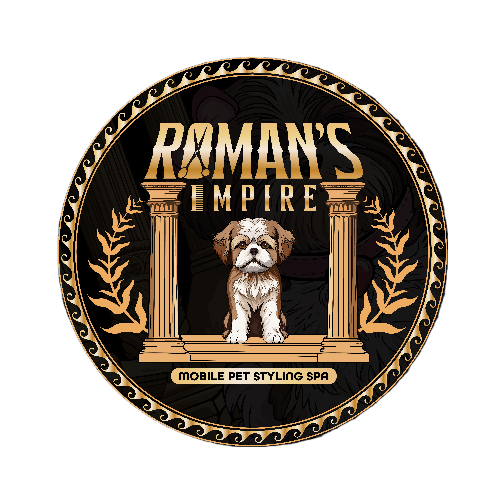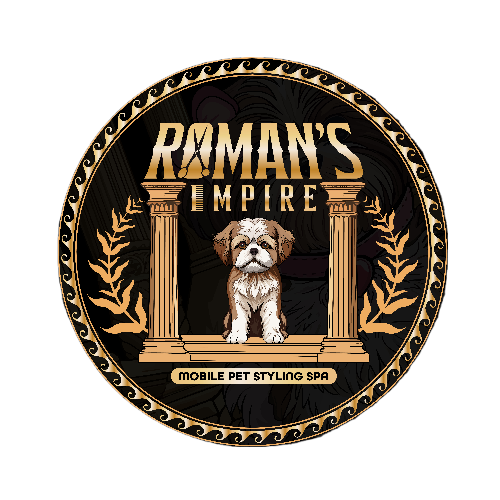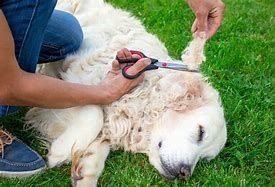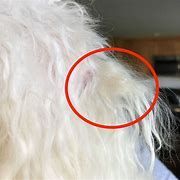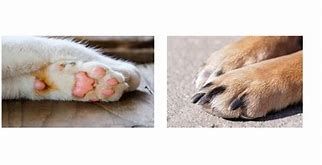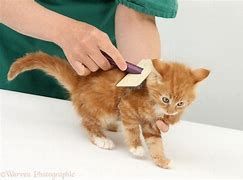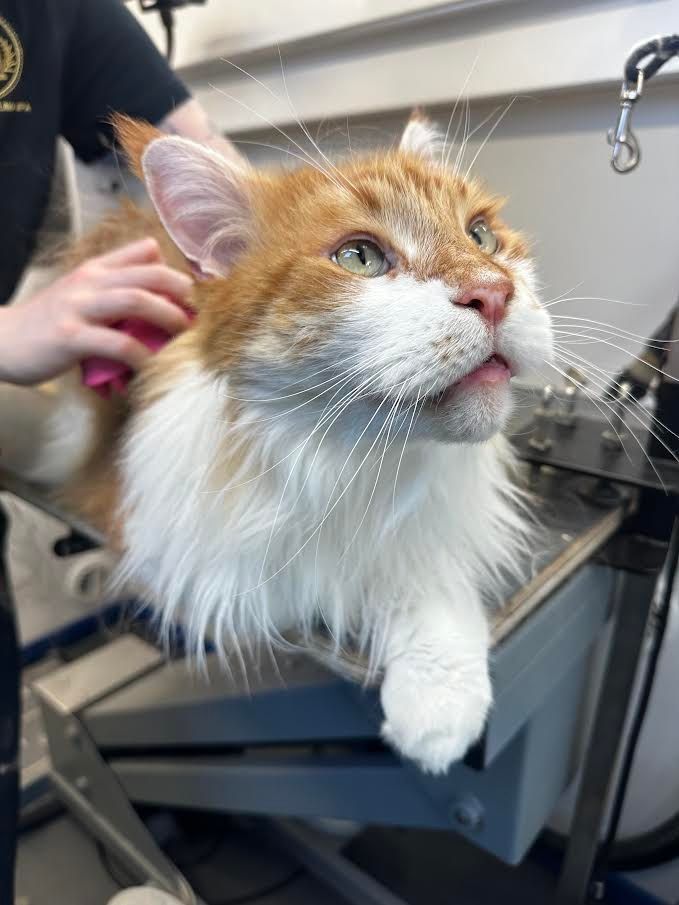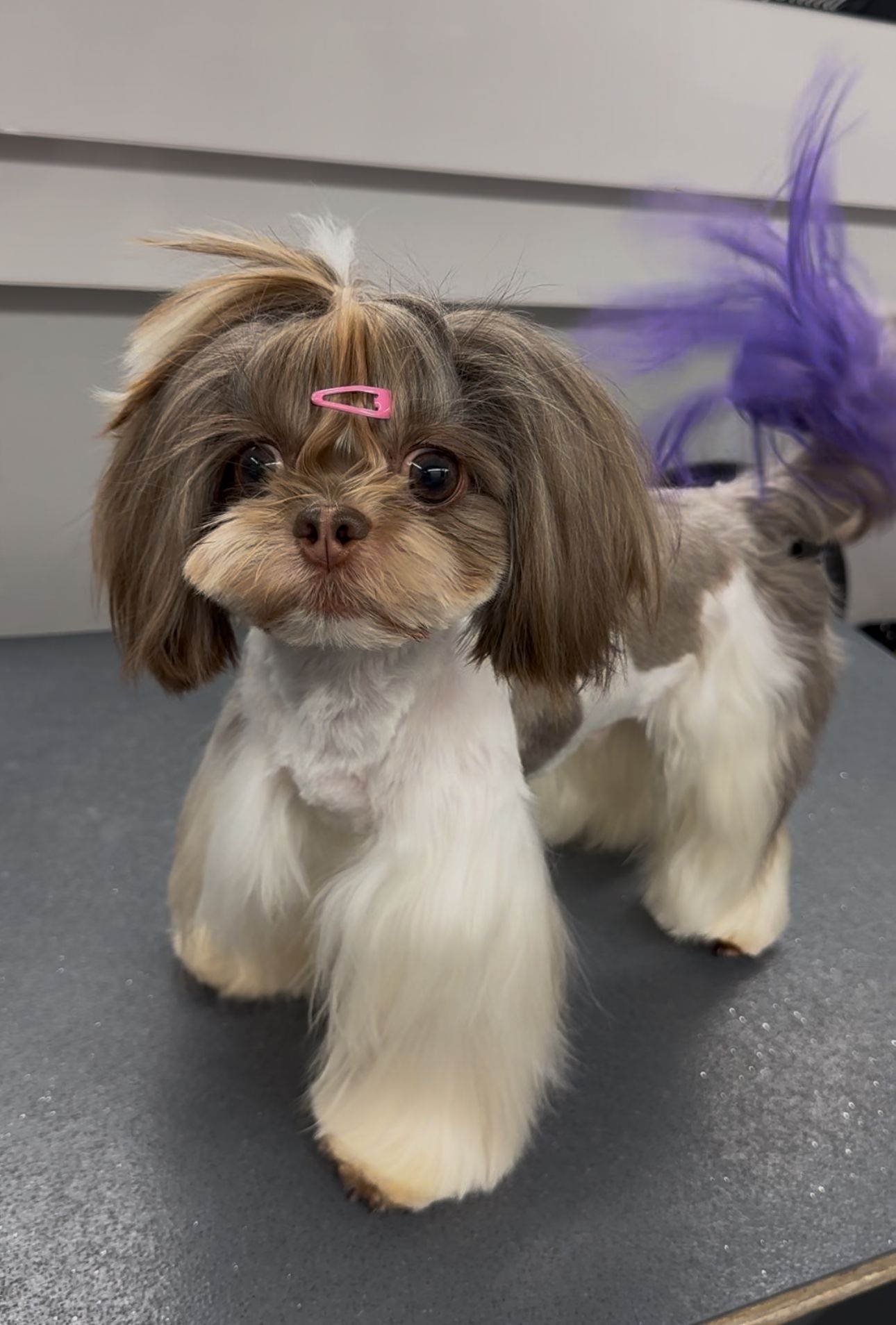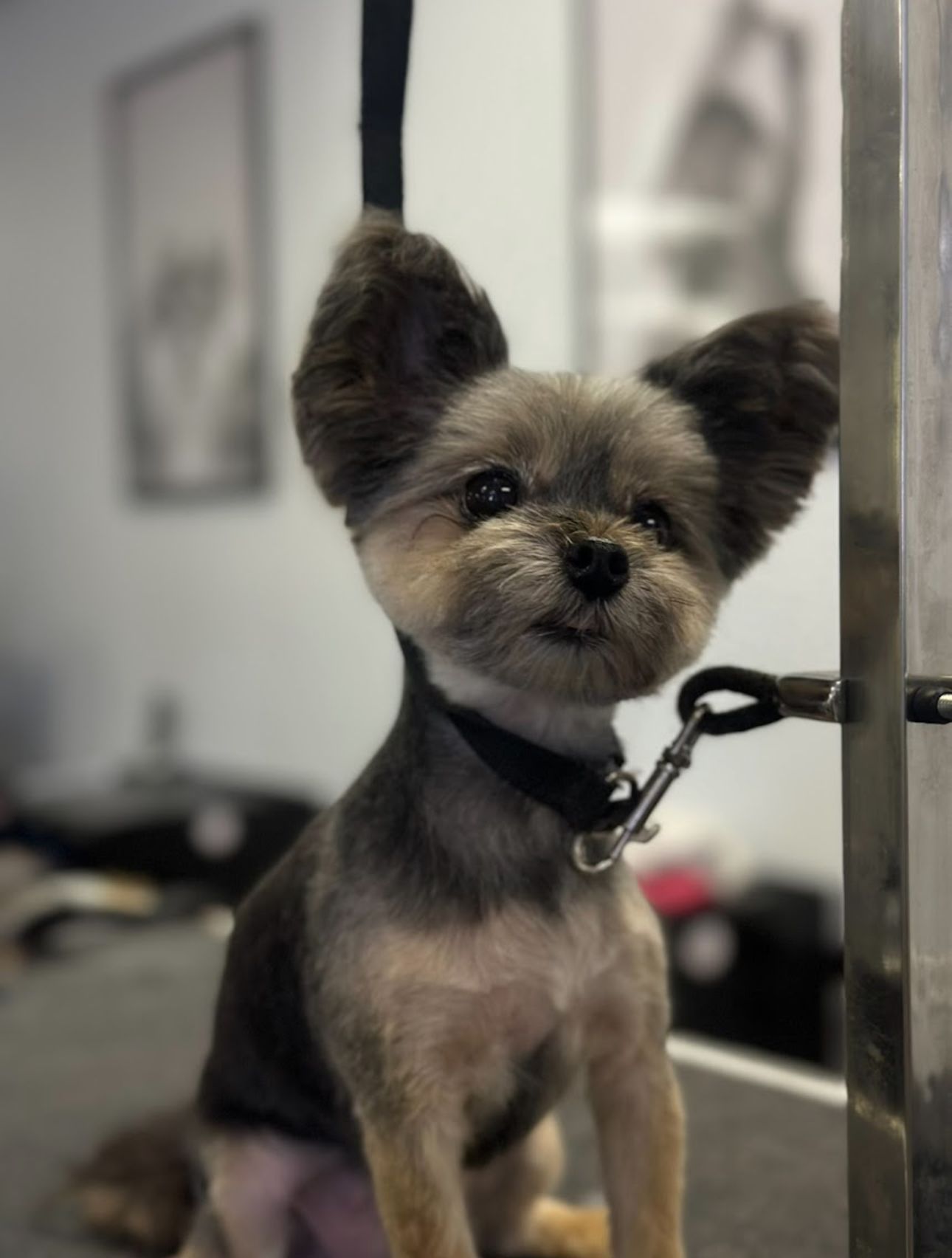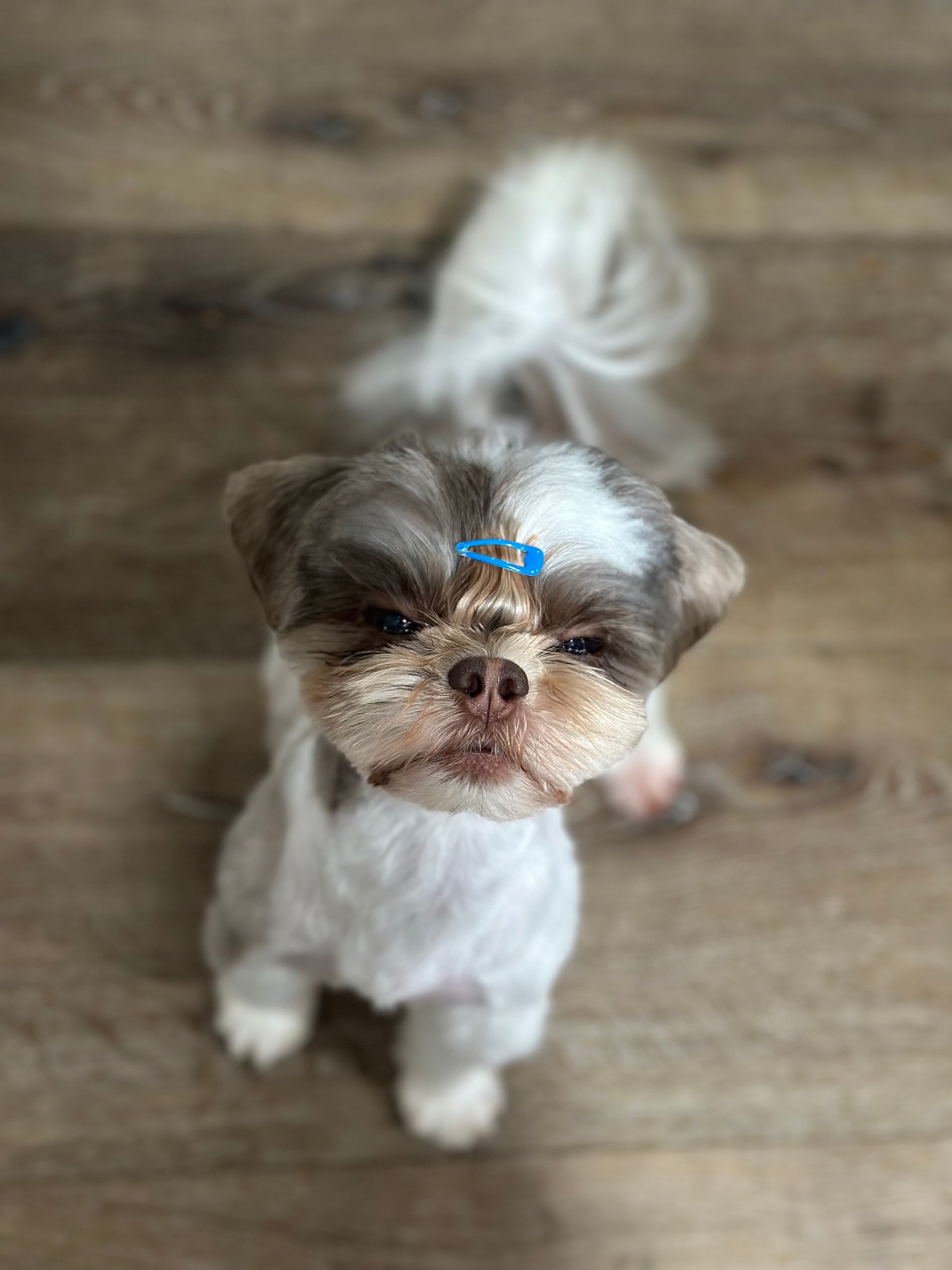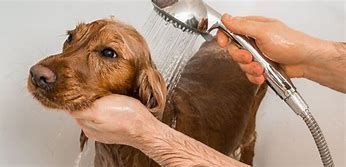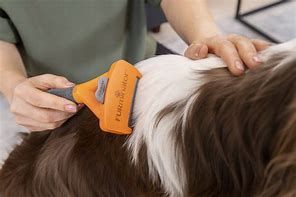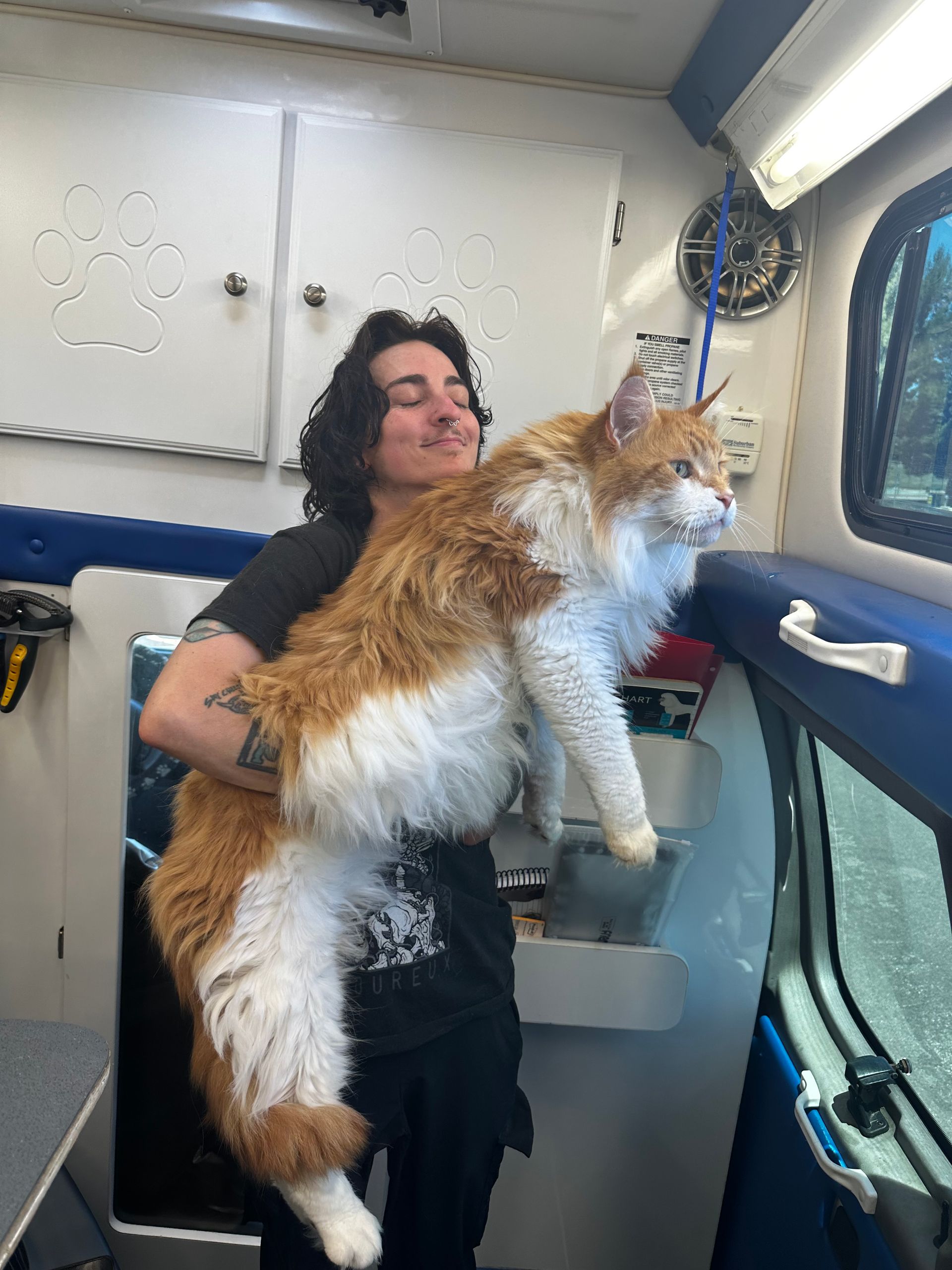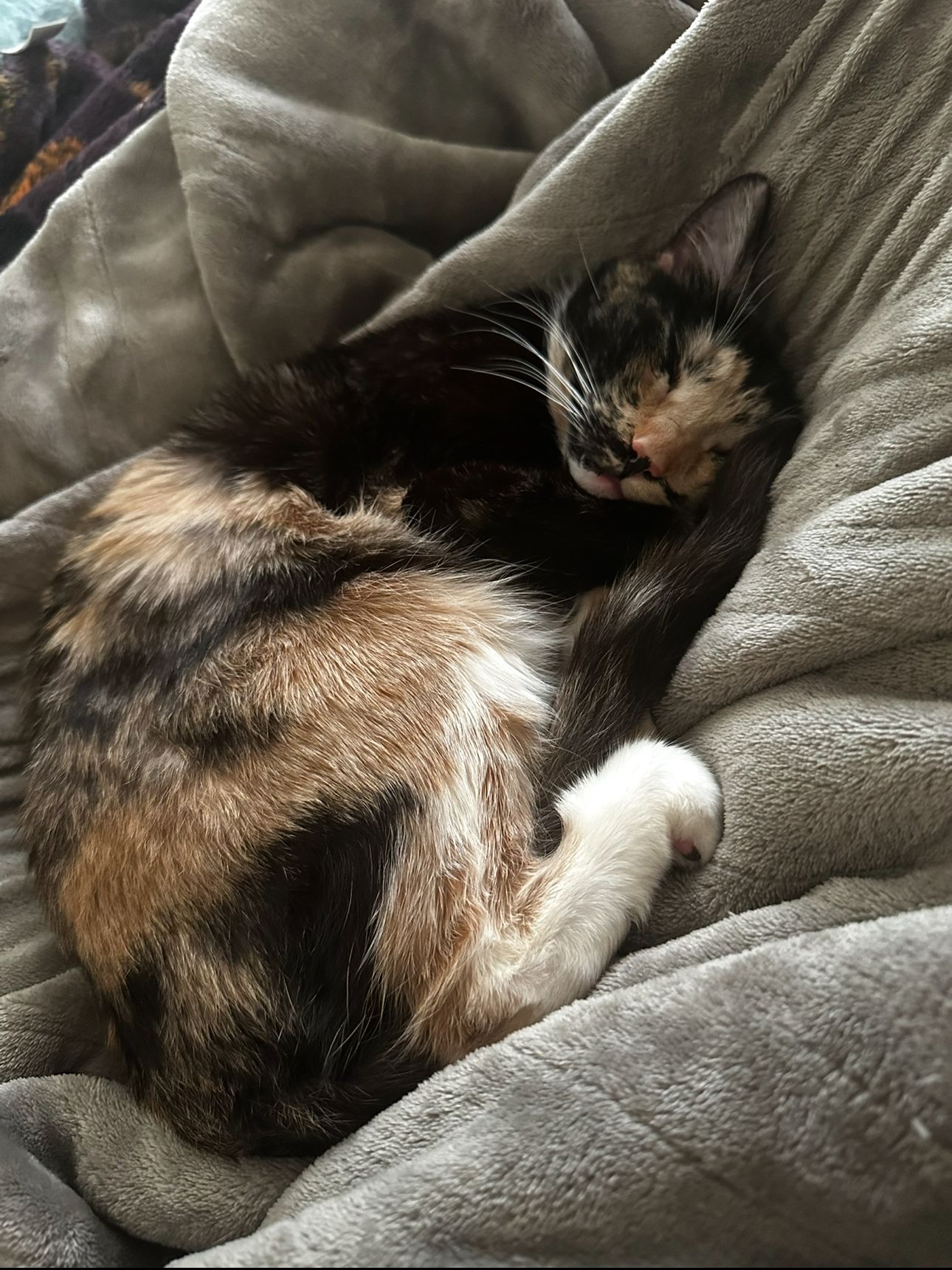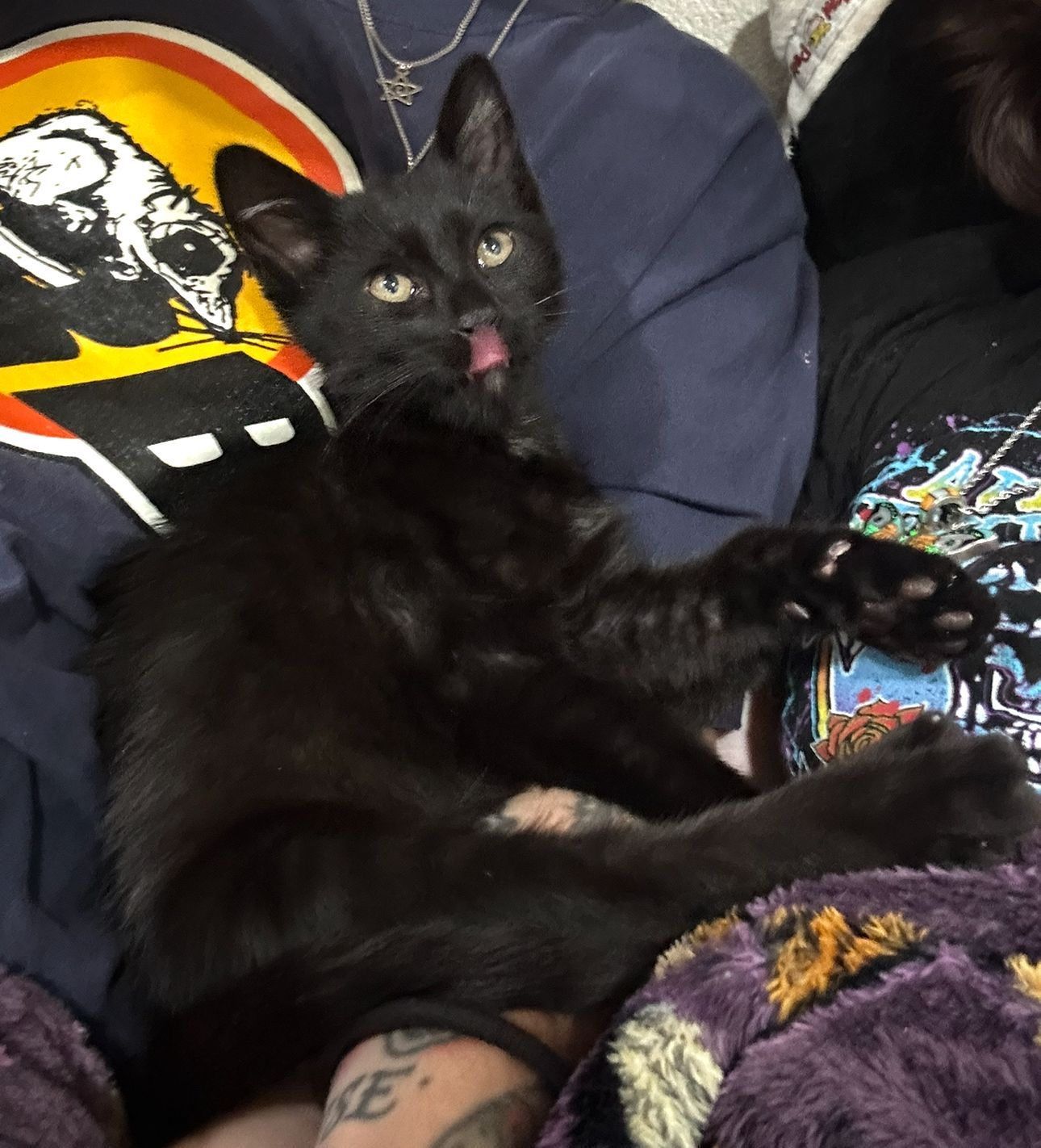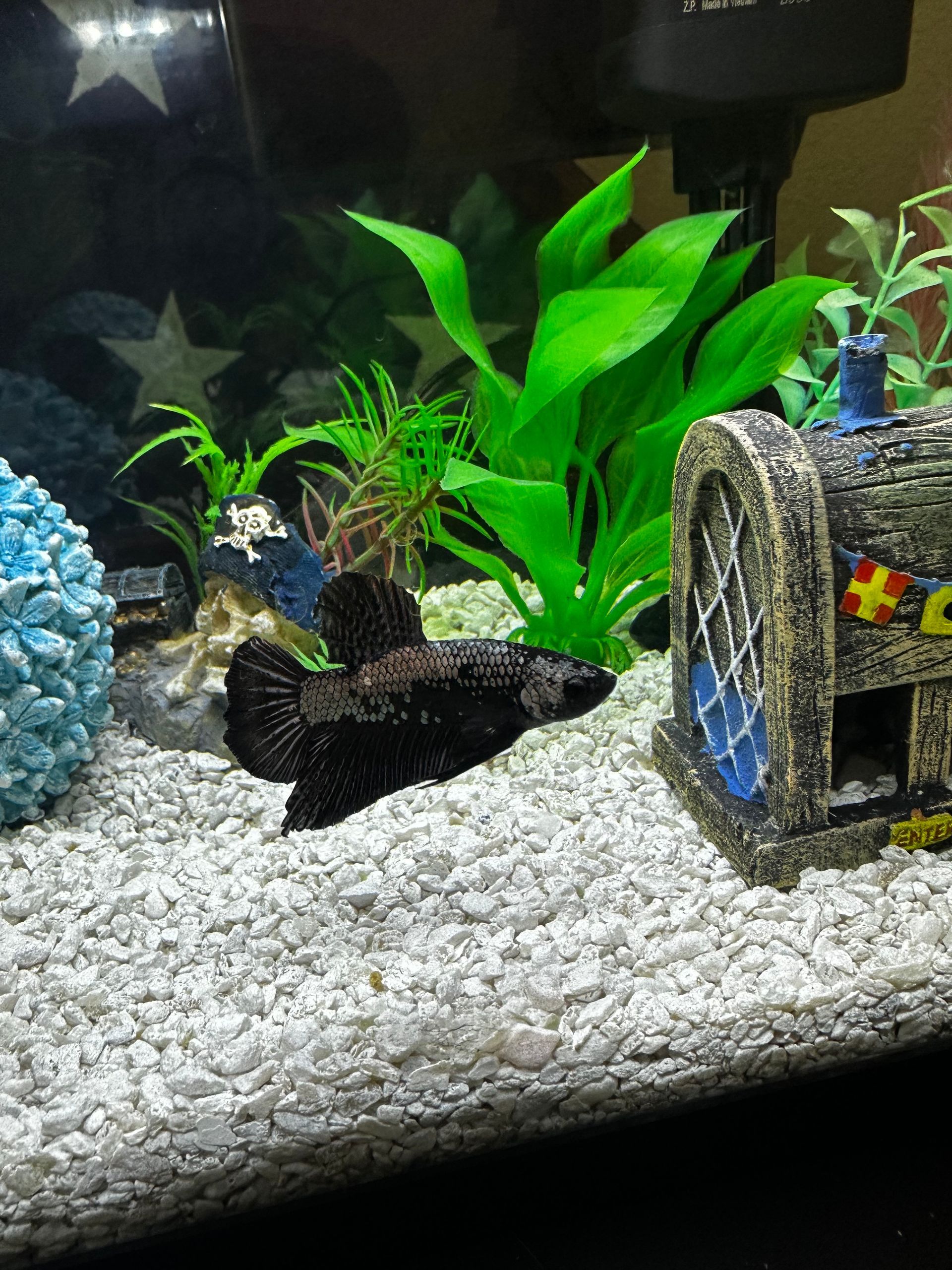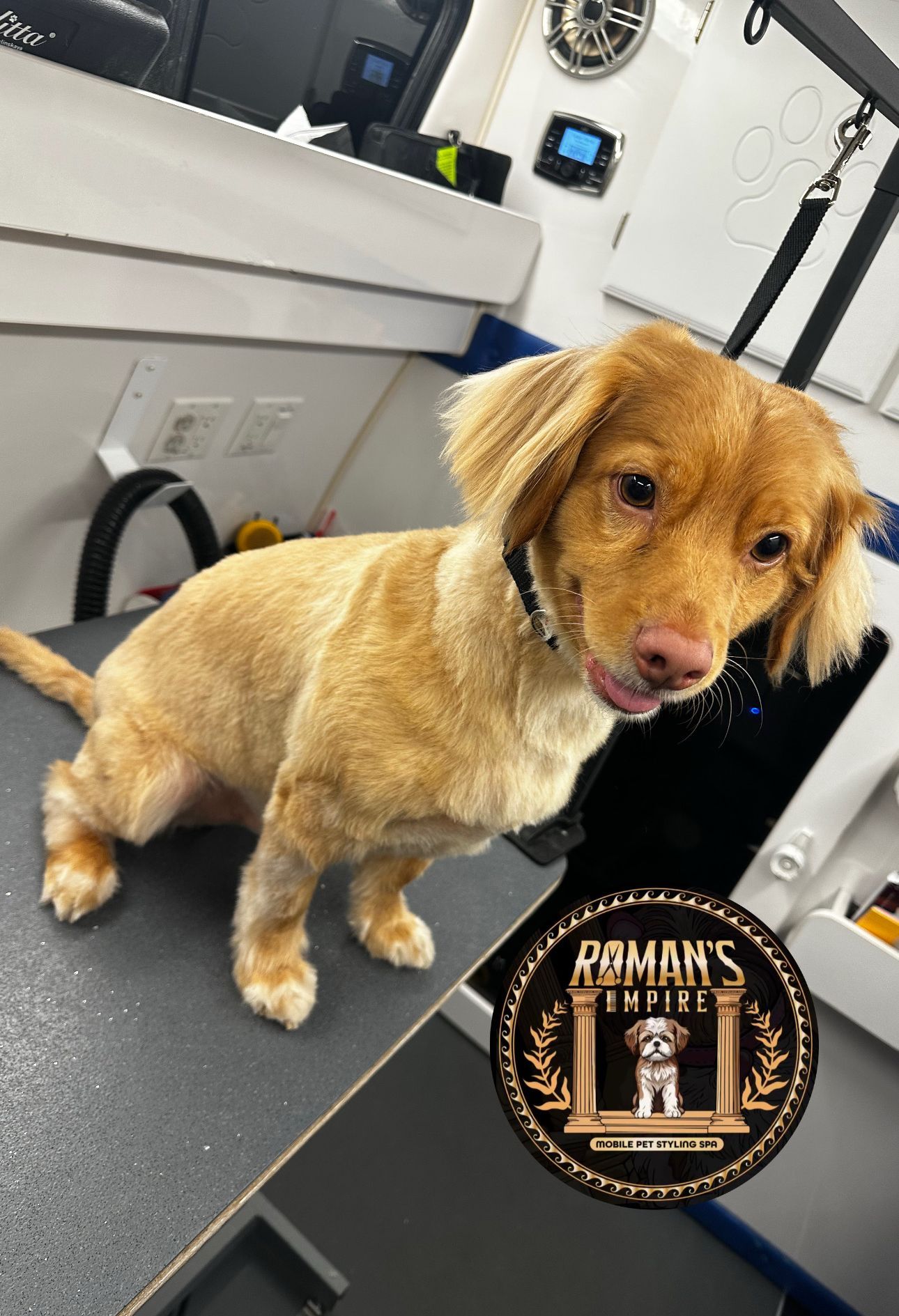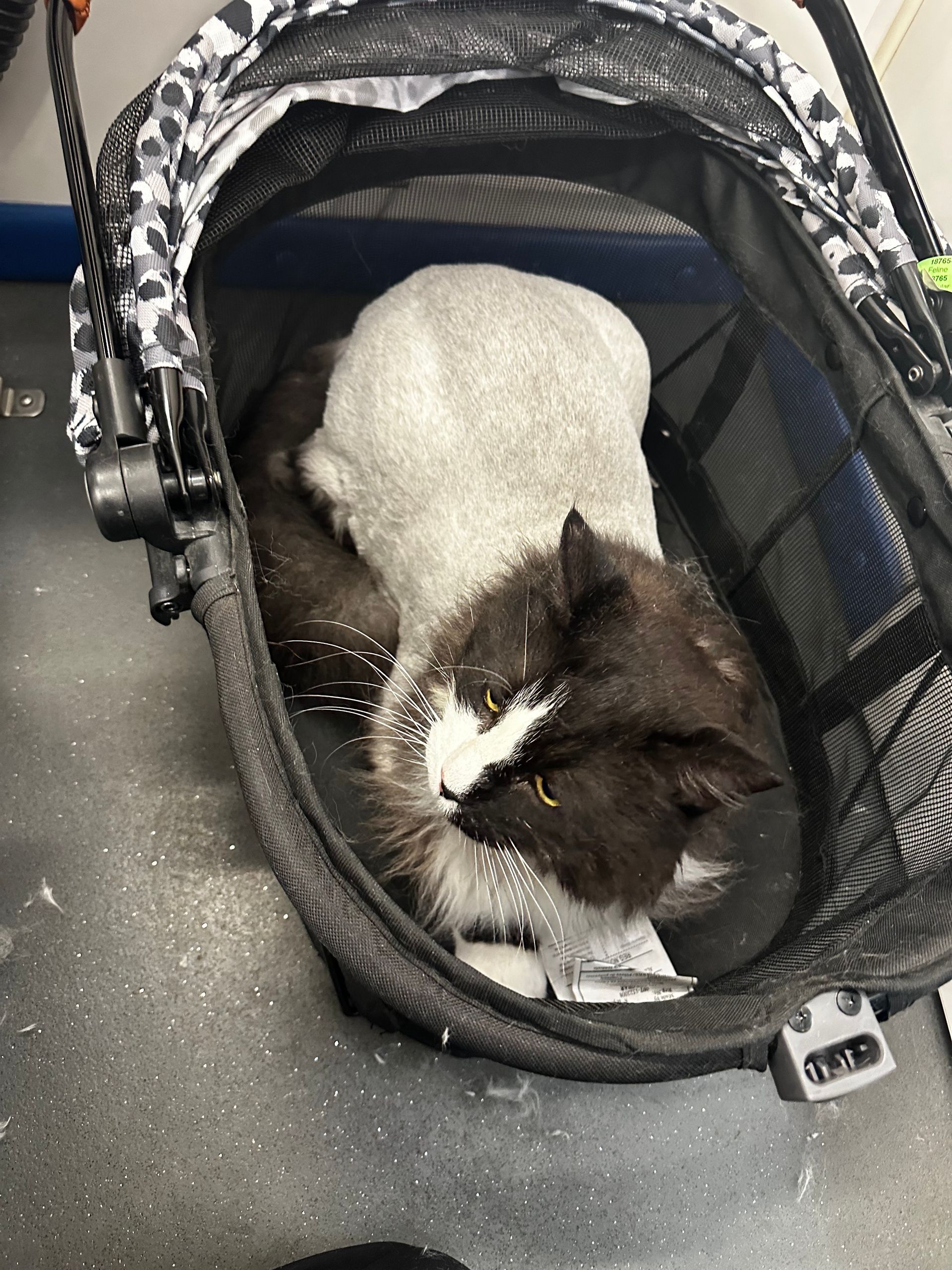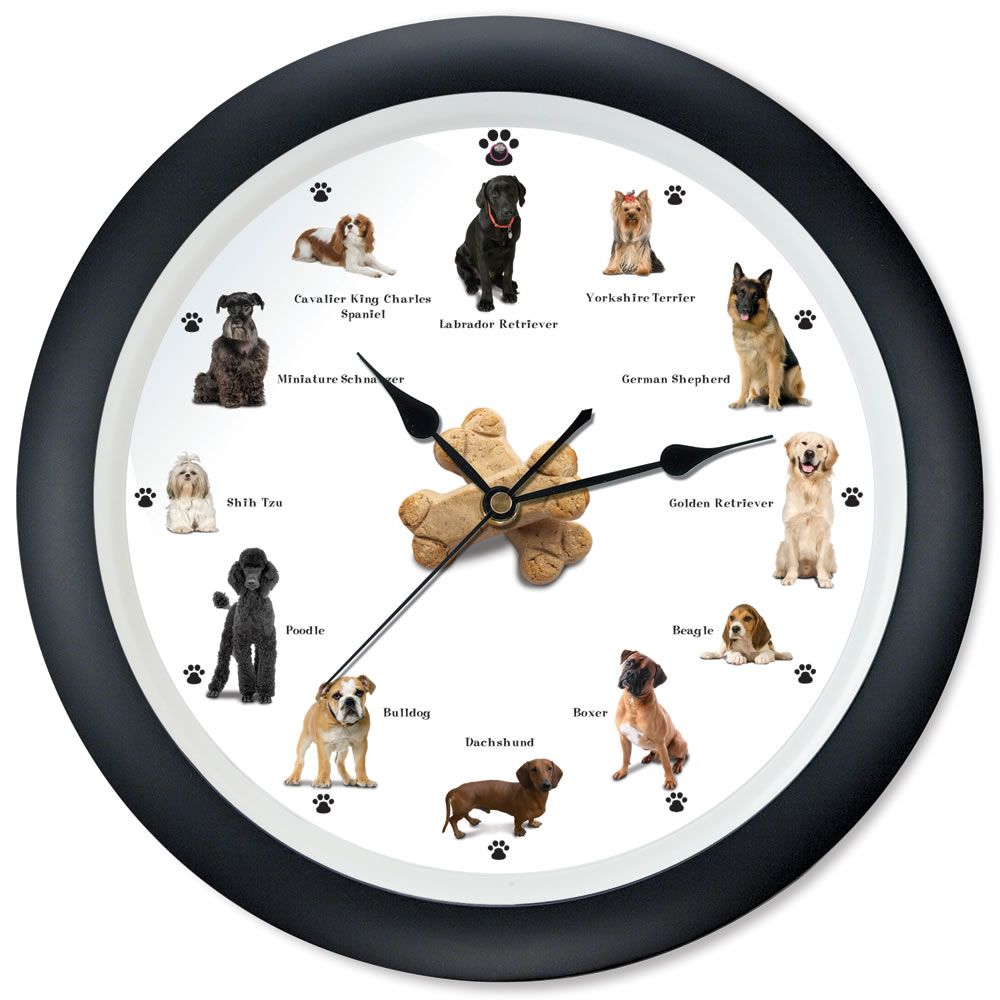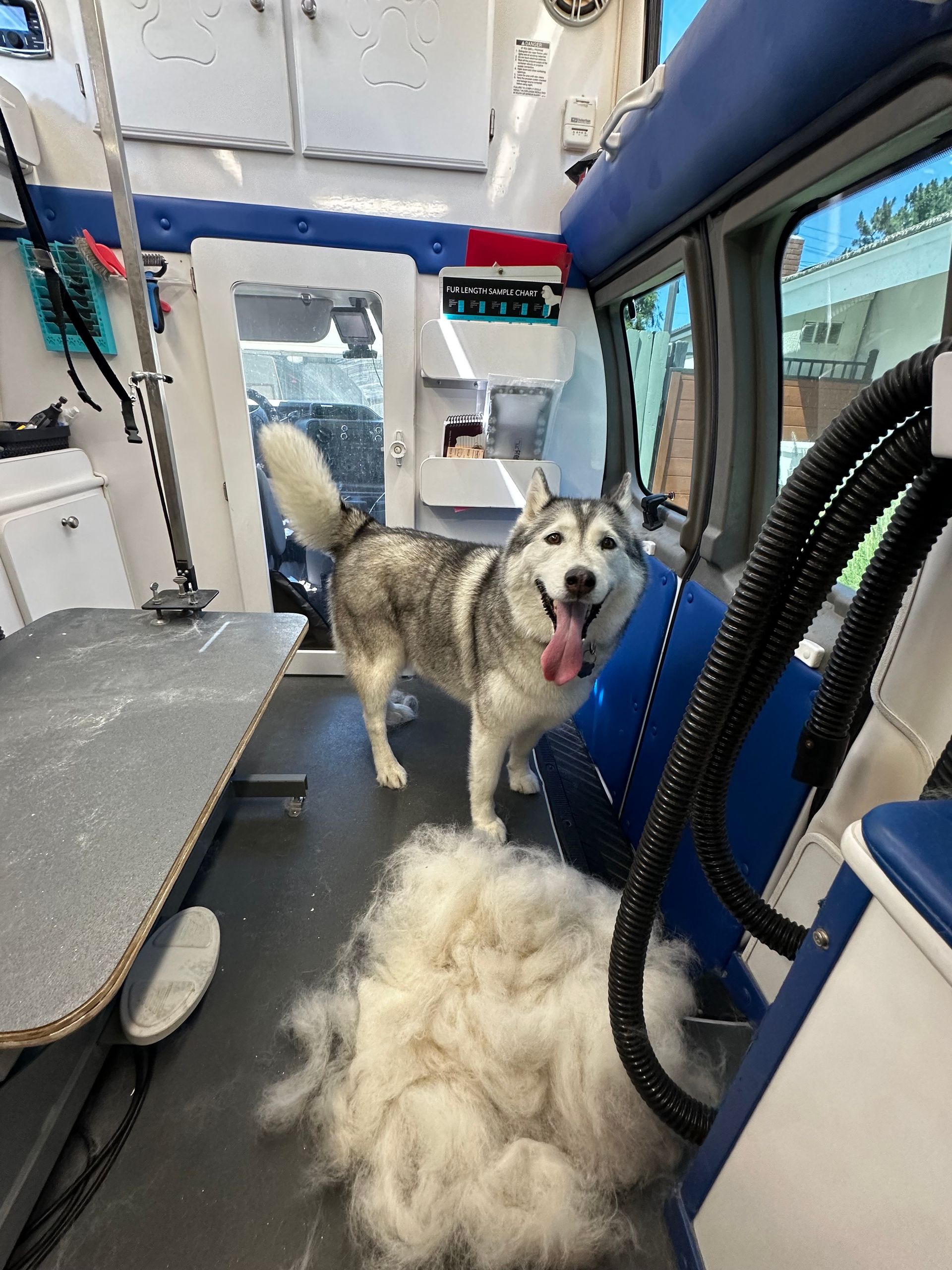Why Groomers Say No to Aggressive and Unruly Pets
Happy Pets, Happy Us
At Roman's Empire, our mission is to make every pet not only feel safe, but stay safe, seen, and soothed. But when a pet is aggressive, extremely untruly, or simply not ready or okay with the grooming process, we have to make a hard call--and often, that means stopping the service.
Contrary to popular belief, grooming aggressive or uncooperative pets is not "part of the job" or "what we signed up for". In fact, doing so is extremely dangerous for the pet, for the groomer, and everyone involved.
Explore how to manage and alleviate aggressive, reactive, or fearful behaviors.
Refocusing: We Are Groomers, Not Trainers
While we are not professional dog trainers, grooming pets does involve moderate training to build trust and learn proper table manners. This is not done in a single session. A good, professional groomer uses their behavior and breed knowledge to guide each session with patience and awareness.
But when a pet comes in without any grooming experience--especially the older they are--or is aggressive, unruly, untrained, or simply not desensitized to the grooming environment and tools from the start, we're left in a risky position. Grooming requires stillness, trust, and tolerance for tools and handling. If that foundation isn't there, it becomes unsafe fast.
When Pets Flail or Fight, They're in Danger Too
Untrained, anxious or aggressive pets that thrash or panic on the grooming table can seriously hurt themselves. Flailing against the grooming loop can cause:
- Bruising or trauma to the neck and trachea
- Dislocated limbs or broken bones
- Emotional distress that lasts long after long after the appointment that can affect their relationship with grooming for the rest of their lives
Aggressive pets face another level of risk. A dog that turns to bite or react and makes contact with clippers or shears can:
- Chip or break teeth
- Cut their lips or tongue
- Cause sudden movement that leads to being nicked or sliced
Even with safe blades and gentle handling, grooming involves tools that aren't made to withstand bites, flights, or sudden jerks.
"He's Like a Toddler--You Just Have to Be the Adult"
This is a phrase groomers hear often--but here's the truth: your dog isn't a toddler, and we're not in a parent-child dynamic or relationship. Toddlers don't have sharp teeth they use to communicate with that can puncture or break bone or claws that can shred in seconds.
Unlike toddlers, dogs don't understand reason, negotiation, or explanation. They live in the moment, and when they feel threatened, they react with their teeth. And while your dog may not have ever bitten anyone in the past, that doesn't mean they won't bite us.
Groomers work inches from your pet's face, feet, and sensitive areas, often while using sharp tools. We're not standing across the room--we're in their personal space, touching areas many dogs don't get regularly petted on or handled. Even sweet, gentle dogs can snap under pressure, especially if they've never been trained to tolerate grooming.
"He's Never Bitten Anyone" Doesn't Equal Safe
Groomers hear this line often too--and while it may be true at home, it's irrelevant in a grooming environment. Dogs have differing mental and physical capacities that fluctuate daily just like people, and if they're simply not feeling it, or experiencing any pain or disorientation from medication, a dog that has loved grooming its entire life can tell us to stop by snapping or showing aggressive behaviors.
This isn't just a bath, it's a full-body service requiring complete handling, restraint, and trust. That trust takes time to build. A dog who's "never bitten anyone" can and often does bite a groomer when pushed too far--this is why it's imperative to listen to their body language.
Biting Rarely Comes from Malicious Intent--How It's a Sign of Pain or Poor Health
The majority of dog bites that occur in a grooming salon are not from a dog experiencing a psychological break where killer instincts kick in, but rather out of fear or from a groomer not listening to the body language they have been putting down asking them to stop before they resorted to biting. It is very valid for a kind, sweet and gentle dog to use teeth to communicate boundaries and does not mean they are mean or bad. It is our job to understand them and respond accordingly.
It is very normal for dogs in pain, discomfort, or having a decreased tolerance and stamina for grooming to resort to biting or exhibit severe aversion to grooming. This is communication, not a behavioral issue. Explore how underlying conditions affect your pet in the salon here.
Why Forcing Them Through It Backfires
Pushing a fearful, overstimulated, unruly or aggressive pet through grooming doesn't build tolerance--it breaks trust and could jeopardize their health and wellbeing. Pets remember when they've been overwhelmed or scared; and when they feel that way again by being reintroduced to the environment that caused those negative feelings where their boundaries were not respected, they resist even harder.
Instead of "getting used to it", they become more reactive, more defensive, and harder to work with and build trust in the future. This creates a cycle of fear and resistance that escalates each appointment.
That's why, at Roman's Empire, we stop when your pet says "no". Not to be dramatic, not to be difficult and not that we can't handle it--but because we know the long-term consequences and immediate risks that come with ignoring that signal. We want your pet to trust us, not tolerate us out of fear until it can't.
Aggressive, Stress-Prone, and Flighty Cats
As a cat owner, you know cats are incomparable to dogs. This applies to how their grooming sessions go as well. Cats have paper-thin skin that is very easy to cut, even on a perfect, tangle-free kitty. Cats are on an invisible, imperceivable turkey-timer when it comes to their handling and grooming tolerance--once they've had enough, there is no rewinding the clock for the day. With dogs, you can give them breaks to calm down, reset, and come back to finish the session, but cats do not operate this way.
Even sweet cats that have grooming experience have an inherently higher risk of injury than dogs since we are working against the clock. Almost all nicks on cats require stitches due to the thinness of their skin and how it splays open. When you throw aggression, stress-prone, or flighty behaviors into the mix, you are asking to injure or be injured--and if your groomer gets bit or scratched, services are halted, and they are required to go to the nearest hospital to start antibiotics as sepsis can set in within hours that can not only cost them a limb and or career, but can end their life. We don't fear monger here, but it is crucial to understand the risks that come with cat grooming.
Say a cat groomer requires two staff members for each cat groom like Roman's Empire, and they utilize those extra set of hands by forcing an aggressive, flighty, or stress-prone cat through the groom--there is bound to be a point where the cat tries to fight or flee--resulting in an injury on either or both sides. Safety and wellbeing are always our top priority, and we do not jeopardize it under any circumstances.
Learn what professional grooming actually involves and how cat grooming is different than dog grooming.
Respecting Boundaries Is Professionalism
A true, professional groomer isn't the one who "powers through" an aggressive pet. It's the one who knows when a pet is too stressed, fearful, reactive, or simply not ready--and calls it for what it is to safeguard their wellbeing as well as inform the owner to know what steps need to be taken in the future. That's not weakness, that's wisdom.
At Roman's Empire, every pet is treated like regality--but regality can't be forced. We provide the safest experience possible, and sometimes that means saying "not today" for the good of everyone.
How You Can Help Prepare Your Pet
- Start Early: Kittens and puppies should be introduced to grooming as early as possible.
- Stay on a Frequent schedule: Gaps in grooming can worsen behavior and increase coat and nail-related discomfort, which can aid in reactivity.
- Practice at home: Touch their paws, ears, tail, and use a vibrating toothbrush, clippers without a blade, and dremel (even if nearby) to simulate grooming sounds and sensations to normalize it.
- Be honest about behavior: We're here to help, not judge--but we can't prepare for what we don't know.
Explore more techniques and practices to adopt at Cooperative Care: A Kinder Approach to Husbandry.
Groomers Matter Too
As professional groomers, our bodies are our most valuable tool--without it, we can't do our jobs. At the end of the day, this is a job; you wouldn't expect your nail tech or hairdresser to put themselves in harm's way to work, right? Grooming is a very physically demanding job--one wrong move, twist, or pull can put us out of commission for weeks and working with aggressive or unruly dogs without specializing in that kind of care ups our chances of injury by 75% or more.
While old school groomers may still see powering through aggressive, fearful, reactive, or untruly pets as "part of the job", at the end of the day, they're not only disrespecting their bodies and not protecting their craft, but they're also subjecting your pet to trauma, not listening to them, and risking serious injuries. This is why continued education is imperative - a lot of groomers have a nasty habit of learning things one way and thinking that's all there is to it and everyone else is wrong. Like all things in life, there are multiple ways to do one thing: some better, some worse.
Final Thoughts
Aggression, fear, and severe unruliness are more than "bad behavior"--they're signs that a pet isn't in the right state for a safe, successful groom. And that's okay. Our job is to protect your pet and be their advocate, even if that means not grooming them today or referring out to someone better equipped.
Because at Roman's Empire, safety isn't optional--it's the gold standard.
